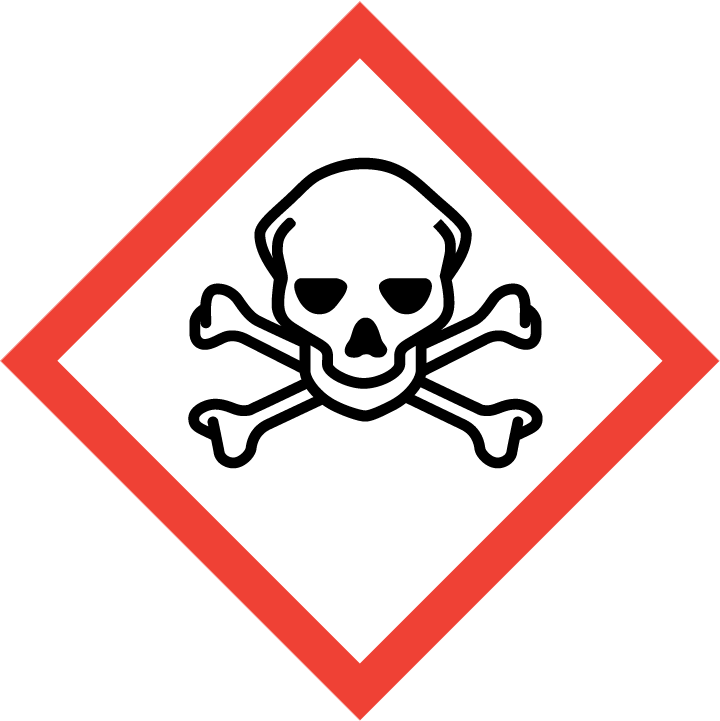| Chemical Name: | 8-bromo-5-chloroisoquinoline |
| CAS Number: | 927801-25-0 |
| Product Number: | AG0060TI(AGN-PC-01LRB3) |
| Synonyms: | |
| MDL No: | |
| Molecular Formula: | C9H5BrClN |
| Molecular Weight: | 242.4997 |

8-Bromo-5-chloroisoquinoline is a versatile chemical compound widely used in the field of chemical synthesis. Due to its unique structure and reactivity, this compound serves as a valuable building block in the preparation of various organic molecules and pharmaceuticals. Its presence of both bromine and chlorine atoms make it a crucial intermediate in the synthesis of complex compounds. In organic chemistry, 8-Bromo-5-chloroisoquinoline is commonly employed as a key reagent in the creation of heterocyclic compounds, such as pyridine derivatives and other nitrogen-containing structures. Additionally, its use in medicinal chemistry has been well-documented, particularly in the development of novel drug candidates with potential therapeutic applications. Its ability to participate in diverse chemical reactions makes it an indispensable tool for researchers and chemists seeking to create innovative molecules with tailored properties and functionalities.